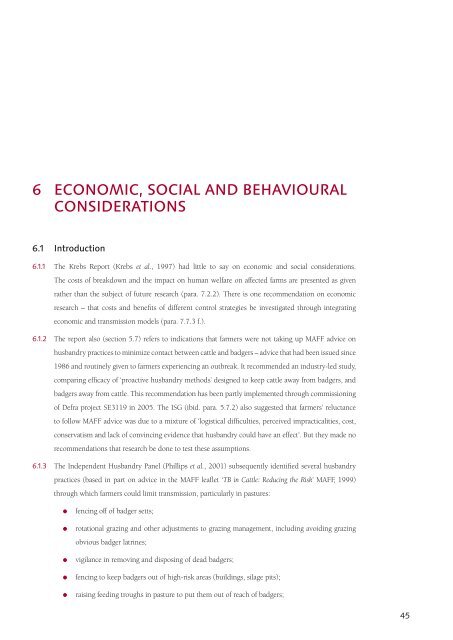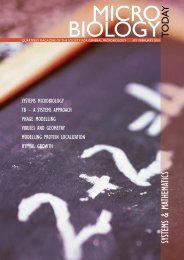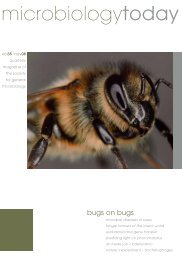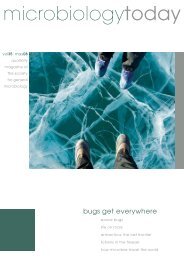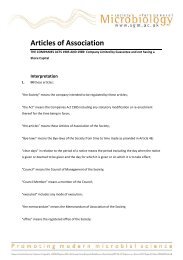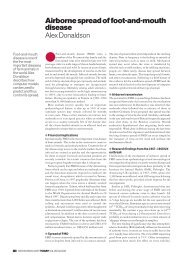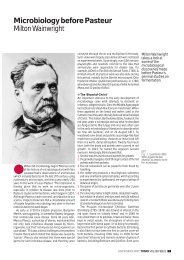final report - ARCHIVE: Defra
final report - ARCHIVE: Defra
final report - ARCHIVE: Defra
You also want an ePaper? Increase the reach of your titles
YUMPU automatically turns print PDFs into web optimized ePapers that Google loves.
6 ECONOMIC, SOCIAL AND BEHAVIOURAL<br />
CONSIDERATIONS<br />
6.1 Introduction<br />
6.1.1 The Krebs Report (Krebs et al., 1997) had little to say on economic and social considerations.<br />
The costs of breakdown and the impact on human welfare on affected farms are presented as given<br />
rather than the subject of future research (para. 7.2.2). There is one recommendation on economic<br />
research – that costs and benefits of different control strategies be investigated through integrating<br />
economic and transmission models (para. 7.7.3 f.).<br />
6.1.2 The <strong>report</strong> also (section 5.7) refers to indications that farmers were not taking up MAFF advice on<br />
husbandry practices to minimize contact between cattle and badgers – advice that had been issued since<br />
1986 and routinely given to farmers experiencing an outbreak. It recommended an industry-led study,<br />
comparing efficacy of ‘proactive husbandry methods’ designed to keep cattle away from badgers, and<br />
badgers away from cattle. This recommendation has been partly implemented through commissioning<br />
of <strong>Defra</strong> project SE3119 in 2005. The ISG (ibid. para. 5.7.2) also suggested that farmers’ reluctance<br />
to follow MAFF advice was due to a mixture of ‘logistical difficulties, perceived impracticalities, cost,<br />
conservatism and lack of convincing evidence that husbandry could have an effect’. But they made no<br />
recommendations that research be done to test these assumptions.<br />
6.1.3 The Independent Husbandry Panel (Phillips et al., 2001) subsequently identified several husbandry<br />
practices (based in part on advice in the MAFF leaflet ‘TB in Cattle: Reducing the Risk’ MAFF, 1999)<br />
through which farmers could limit transmission, particularly in pastures:<br />
<br />
<br />
<br />
<br />
<br />
fencing off of badger setts;<br />
rotational grazing and other adjustments to grazing management, including avoiding grazing<br />
obvious badger latrines;<br />
vigilance in removing and disposing of dead badgers;<br />
fencing to keep badgers out of high-risk areas (buildings, silage pits);<br />
raising feeding troughs in pasture to put them out of reach of badgers;<br />
45


